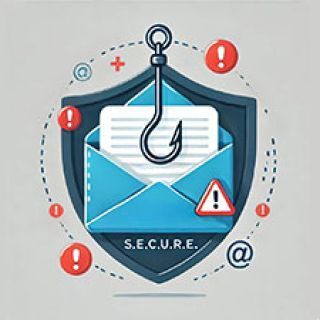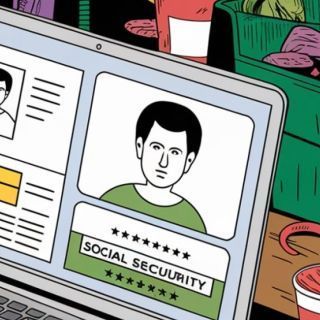Software updates can feel like a nuisance, but skipping them is one of the easiest ways to leave your systems vulnerable to cyber-attacks. Hackers are constantly looking for weaknesses, and outdated software is like an open door to your network.
But how do you know when it's time to update, and should you always trust your computer to tell you? Here are five clear signs it's time to update, plus tips on how to handle updates safely.
1. Your Software Is No Longer Supported
If the software provider has stopped releasing updates for your current version, it's a major red flag. Unsupported software often has known vulnerabilities that cybercriminals can easily exploit. Check for announcements from your software providers about end-of-life support and upgrade as soon as possible.
Tip: Don't wait for the software to "break" before updating. Plan ahead and migrate to newer versions while you still have full support.
2. You Notice Slower Performance
A sudden slowdown in your software's performance can be a sign that it's out-of-date. Newer versions of software are optimized to run more efficiently, and skipping updates might leave you with buggy, sluggish software.
Tip: If you notice performance drops, check the settings for pending updates or visit the provider's website to manually download the latest version.
3. You Receive Security Alerts
Has your antivirus or security software flagged vulnerabilities in an application you use? If so, an update is likely overdue. Cybercriminals thrive on exploiting security gaps in outdated software. Always pay attention to security alerts and take them seriously.
Tip: Use a trusted antivirus tool that can integrate with your software and alert you when updates are needed. Make sure you verify the authenticity of any update alerts before clicking.
4. You Haven't Updated In Over 6 Months
If it's been more than six months since your last software update, you're probably due for one. Many providers release updates on a regular schedule to patch vulnerabilities and enhance features.
Tip: Set a reminder to check for updates regularly, rather than waiting for the computer to alert you. This is especially important for critical software, like operating systems and antivirus programs.
5. New Features Have Been Announced
Sometimes updates come with more than just security patches - they also bring new features. If you hear about exciting new functionality that you don't have, it's a sign you're behind on updates.
Tip: Keep an eye on announcements from your software providers. Follow their blogs or sign up for notifications so you're always aware of improvements.
How To Update Safely
While updating software is crucial, you should always be cautious about how you do it. Here's how to ensure your updates are safe:
- Verify The Source: Always download updates directly from the provider's official website or trusted app store. Avoid third-party sites or suspicious links.
- Back Up Your Data: Before any major update, back up important data to an external location. This ensures that if something goes wrong, you won't lose critical files.
- Restart Your Device: Once the update is complete, restart your computer to ensure that the new features and patches are properly installed.
By staying on top of software updates, you're not only improving performance but also protecting your systems from potential threats. Don't wait until it's too late - keep your software up-to-date and ensure your network stays secure.
Need help managing your software updates? Call us at (207) 300-2300 or click here to schedule a consultation.
Justin Donnaruma
October 23, 2024




